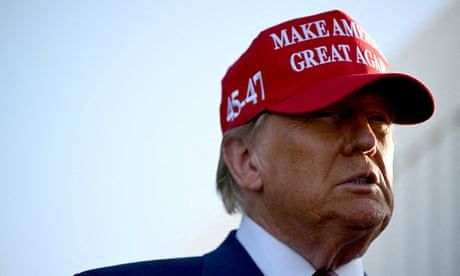
US trade policies since 2016 highlight a broader global retreat from globalisation, driven by geopolitical tensions and shifting economic priorities
Donald Trump’s broadside against America’s three largest trading partners, with whom it runs a $500bn trade deficit, should surprise no one. Since 2016, both Mr Trump and Mr Biden have departed from established norms in international trade. The two presidencies diverged significantly in approach: Mr Biden emphasised systemic reform while Mr Trump relied on rhetoric and theatrics. Although both administrations faced criticism for driving up costs through tariffs and industrial policy, global events were primarily behind rising prices.
Mr Trump’s self-declared fondness for tariffs is closely tied to his ability to authorise them unilaterally, bypassing Congress under claims of national security. This may explain his recent announcement of plans to impose 25% tariffs on all goods from Canada and Mexico, and an additional 10% on Chinese imports, unless these countries address alleged issues of illegal immigration and fentanyl smuggling. The US president-elect clearly sees tariffs as more than mere policies; they are a calculated means of gaining leverage. By threatening to impose them, Mr Trump is signalling a desire to negotiate – but only on his terms.
Do you have an opinion on the issues raised in this article? If you would like to submit a response of up to 300 words by email to be considered for publication in our letters section, please click here.
Continue reading...